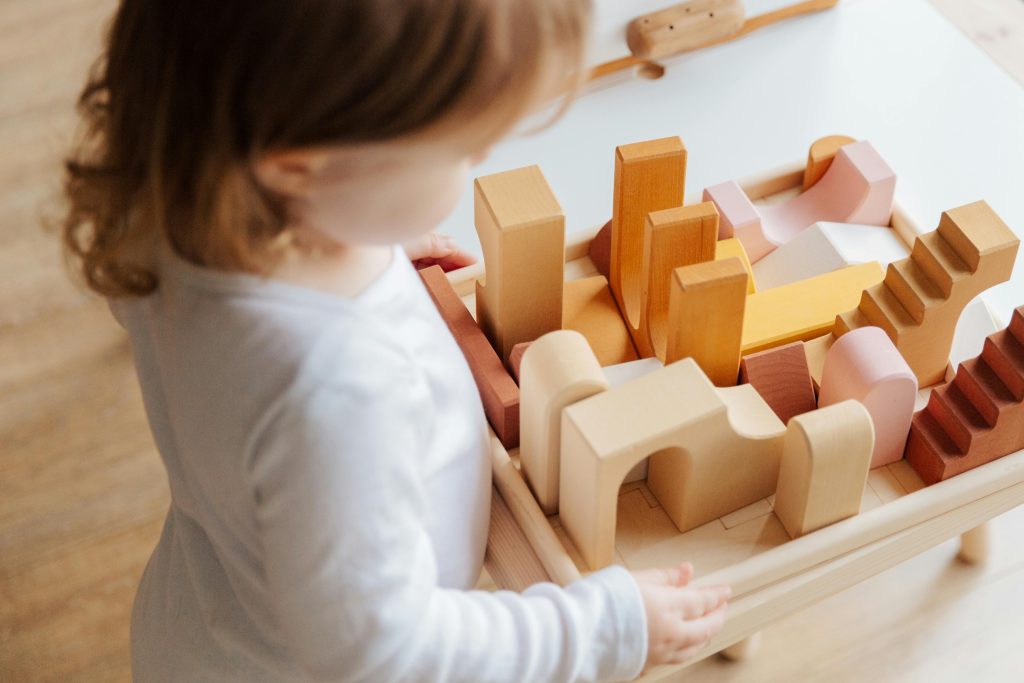
How to Keep Kids’ Clothes Looking New Longer: Care Tips and Tricks
As any parent knows, kids grow quickly—and with that rapid growth comes the inevitable need to replace clothes that have been outgrown or worn down. It’s not just about getting through growth spurts; it’s about keeping those clothes looking fresh and lasting as long as possible. While children are notorious for getting dirty or rough on their clothes, there are several strategies you can implement to make sure their clothes stand the test of time. With the right care, those jeans, shirts, and dresses can look new longer, saving you money and time spent shopping for replacements.
In this article, we’ll dive into practical care tips and tricks that will help preserve the look and longevity of your kids’ clothing—ensuring they stay fresh, clean, and durable, season after season.
1. Choose Durable Fabrics
Before we get into the care tips, it’s important to understand that the quality of fabric you purchase plays a significant role in how long kids’ clothing will last. Investing in high-quality, durable fabrics can make a big difference. Here’s what to look for:
- Cotton: Cotton is breathable, soft, and comfortable, but it’s also very durable. Look for tightly woven cotton fabrics as they tend to resist wear and tear better than looser weaves.
- Denim: Denim is made to last and is generally one of the most durable fabrics for kids’ clothes. Denim jeans, skirts, or jackets can withstand a lot of wear and are great for active children.
- Corduroy: This fabric has a unique texture and offers durability while remaining soft and comfortable. It’s perfect for fall and winter wardrobes.
- Polyester Blends: Blends of polyester with cotton or other fabrics tend to last longer and are resistant to shrinking, fading, or wrinkling. Polyester also dries quicker, which can be handy for keeping kids’ clothes in rotation.
The more durable the fabric, the less you’ll have to replace clothes over time.
2. Pre-Wash New Clothes
New clothes often contain chemicals from manufacturing or dyeing processes, such as formaldehyde or heavy dyes, which can cause skin irritation. But did you know that washing new clothes before your child wears them also helps protect them from these substances and keeps their colors intact?
- Wash before the first wear: Pre-washing helps remove excess dye and chemicals, and it also helps soften the fabric. This is especially true for items like denim or darker fabrics, which tend to bleed color.
- Follow care instructions: Always check the care labels and follow the manufacturer’s washing instructions. This ensures you are washing in the most gentle way possible, which helps preserve the clothing.
3. Use Gentle Detergents
Children’s skin is sensitive, and using harsh detergents can not only irritate their skin but also cause the fabrics to break down faster. Opt for mild, fragrance-free, and hypoallergenic detergents that are gentle on both skin and clothes.
- Avoid Fabric Softener: While fabric softeners may make clothes feel soft, they can also break down the fibers in the fabric over time. In fact, they can coat the fibers, which affects the garment’s absorbency and breathability.
- Use Detergents for Sensitive Skin: Brands designed for sensitive skin are usually free from harsh chemicals, dyes, and perfumes, keeping your child’s clothes in better shape for longer.
4. Wash Clothes in Cold Water
Washing clothes in hot water can cause fabrics to shrink, colors to fade, and fibers to weaken. Instead, wash your child’s clothes in cold water. Cold water is much gentler on the fabric, and it helps prevent fading and shrinking, which is especially important for clothes that need to last through multiple wears.
- Preserve the Color: Cold water helps keep dark and bright colors vibrant. Warm and hot water, on the other hand, can lead to color bleeding and fading.
- Save Energy: Using cold water also helps save energy, which is better for the environment and your utility bill.
5. Turn Clothes Inside Out
To prevent clothes from looking worn out too quickly, turn them inside out before washing. This helps preserve the outer surface of the clothing and prevents fading, especially on printed designs or graphics.
- Protects Embellishments: Clothes with embroidery, patches, or prints are especially vulnerable to damage, so washing them inside out prevents these details from fraying or fading prematurely.
- Reduces Friction: The friction from the washing machine drum can cause clothes to wear out. Turning clothes inside out reduces friction on the outer fabric.
6. Avoid Overloading the Washer
While it might be tempting to throw in a large load of laundry to save time, overloading the washing machine can actually cause more harm than good. Clothes need room to move around in the washer to get thoroughly clean and avoid damage.
- Gentle Agitation: Overloading the washer increases the amount of friction between clothes, which can lead to pilling or even tears.
- Clean Clothes: When the washer is too full, clothes don’t get rinsed properly, which may leave detergent residue behind, affecting fabric integrity over time.
7. Dry Clothes Naturally
Drying clothes properly is just as important as washing them carefully. The high heat of a dryer can cause shrinkage, fade colors, and weaken fibers over time. Instead, air dry clothes whenever possible.
- Air Dry When Possible: Lay clothes flat to dry or hang them on a clothesline. This is particularly useful for clothes made from delicate fabrics like cotton, wool, or linen.
- Use a Low Heat Setting: If you must use the dryer, set it to the lowest heat setting possible. Air-dry delicate fabrics or items with embellishments, like dresses with sequins or t-shirts with prints, to avoid damage.
8. Iron Carefully
Ironing may be necessary for some fabrics, but it’s important to iron clothes carefully to avoid damage. High temperatures from an iron can burn or damage the fabric if not used properly.
- Check the Fabric Type: Always check the clothing label for the recommended ironing temperature. Cotton, for example, can handle higher heat, while synthetics should be ironed with low heat.
- Use a Steamer: A steamer is a gentler option than an iron for removing wrinkles, especially on delicate fabrics. It helps reduce the risk of heat damage while keeping clothes looking neat.
9. Store Clothes Properly
The way you store clothes can also impact how long they last. Storing kids’ clothes properly not only keeps them looking good but also helps keep them free of damage.
- Use Hangers for Dresses and Shirts: Hang clothes that wrinkle easily, like dresses, button-down shirts, and jackets, to help maintain their shape.
- Fold Items with Care: For items like pants, leggings, and sweaters, fold them neatly to avoid creasing and maintain their original shape.
- Store in a Cool, Dry Place: Keep clothes in a dry, cool space to avoid mildew, fading, or fabric deterioration. Avoid storing clothes in overly warm areas like attics or damp spaces like basements.
10. Handle Stains Promptly
Children are experts at staining their clothes, whether it’s from food, grass, or paint. The quicker you address stains, the less likely they are to become permanent marks.
- Treat Stains Quickly: When a stain occurs, treat it as soon as possible. Dab (don’t rub) the area with cold water and a mild detergent or stain remover. Let it sit for a few minutes before washing.
- Pre-treat with Stain Remover: Invest in a gentle, child-safe stain remover for more stubborn stains, and apply it directly to the affected area before washing.
Conclusion
By following these tips and tricks, you can ensure that your child’s clothes stay looking fresh and new for longer periods of time. Proper washing, drying, and storing practices not only preserve the fabric but also reduce the frequency of replacing clothes, saving you money. With the right care, your child’s wardrobe can last through growth spurts, hand-me-downs, and even the rough-and-tumble play that kids love so much. Invest a little time in caring for their clothing, and it will pay off in both longevity and style.
